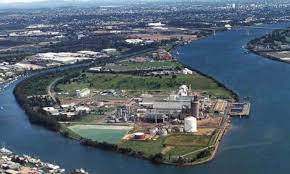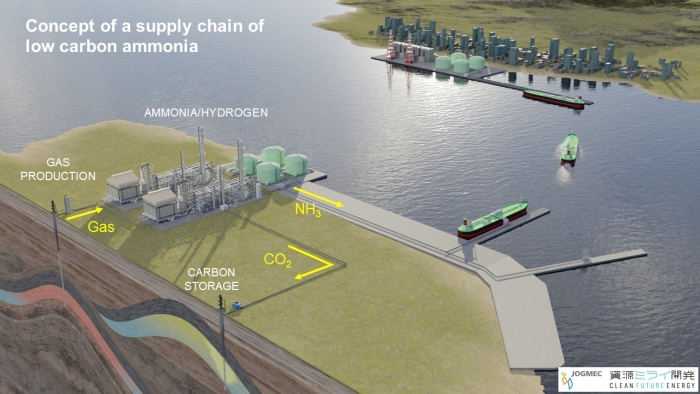New industry white paper from the Australian Hydrogen Council
Acknowledging that a coordinated, national-level approach is urgently needed to create a viable hydrogen industry in Australia, the Australian Hydrogen Council (AHC) has set out a series of recommendations in their new white paper. AHC sees ammonia as playing an important role in an emerging Australian hydrogen industry, particularly as an immediate end-use application for clean hydrogen. We sat down with AHC's CEO Fiona Simon to learn more.









